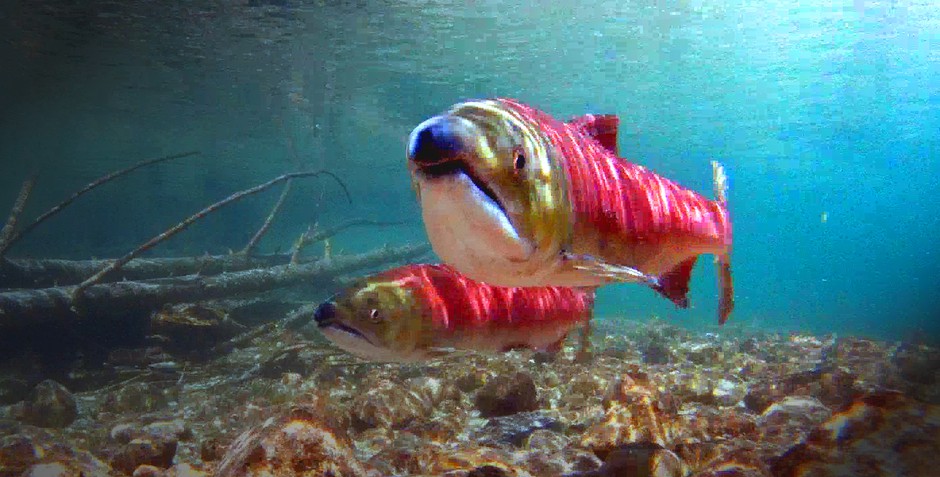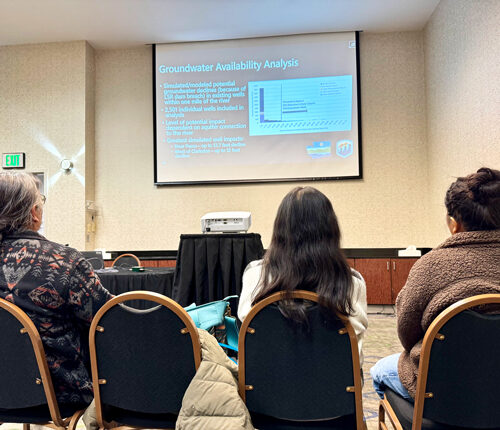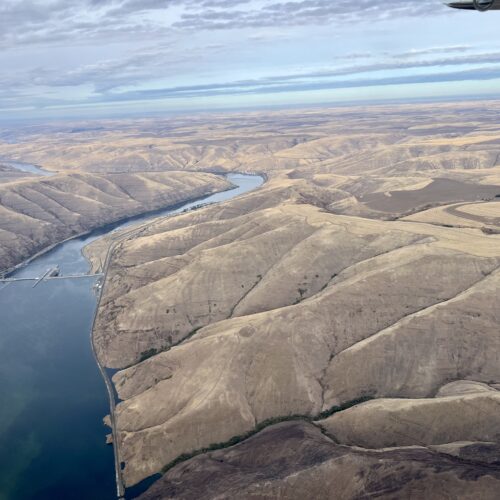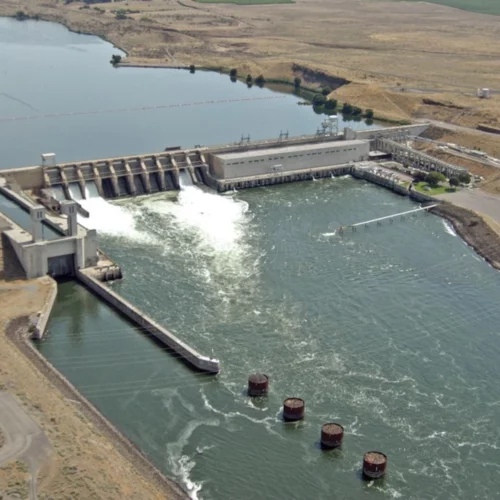
EPA Must Protect Northwest Salmon From Warming Waters, Judge Rules
TELL US: What do you think of dams, salmon, wolves and other natural resource and public land issues in the Northwest? How do these issues affect your voting decisions? Use #damthesalmonwolves on Facebook or Twitter. Or email news@nwpb.org. We’d love to hear from you ahead of the Nov. 6 election.
A federal court ruled Wednesday that the Environmental Protection Agency must come up with a plan to protect salmon from warm water temperatures.
The summer of 2015 was a bad one for salmon. Water temperatures spiked in rivers across the Northwest. Fish can die when water temperatures hit the 70s. In the summer of 2015, around 250,000 adult sockeye died in the Columbia and Snake rivers.
The record-high temperatures and salmon deaths led conservationists and fishing groups to sue the federal government. Now, a judge has ruled the Environmental Protection Agency must develop a plan to protect threatened and endangered salmon and steelhead from dangerously warm rivers.
The ruling says dams are a big reason rivers get too warm. Waters are predicted to get even warmer with climate change.
“Because of today’s victory, EPA will finally write a comprehensive plan to deal with dams’ impacts on water temperatures and salmon survival,” said Brett VandenHeuvel, executive director of Columbia Riverkeeper, in a statement.
The Environmental Protection Agency has 30 days to respond to the court’s ruling.
TELL US: What do you think of dams, salmon, wolves and other natural resource and public land issues in the Northwest? How do these issues affect your voting decisions? Use #damthesalmonwolves on Facebook or Twitter. Or email news@nwpb.org. We’d love to hear from you ahead of the Nov. 6 election.
Related Stories:

Snake River water, recreation studies look at the river’s future
People listen to an introductory presentation on the water supply study findings at an open house-style meeting in Pasco. After they listened to the presentation, they could look at posters

Toxic algal bloom found on the Snake River for second year in a row
Blue-green algae seen behind Lower Granite dam on the Snake River in 2023. (Credit: Courtney Flatt / NWPB) Watch Listen Toxic algae is turning up once again on the Snake

Historic agreement seen as a harbinger to Snake River dam removal
Ice Harbor Dam on the Snake River. Gov. Jay Inslee and U.S. Sen. Patty Murray said removing the four dams on the Lower Snake isn’t feasible right now. CREDIT: Bonneville















